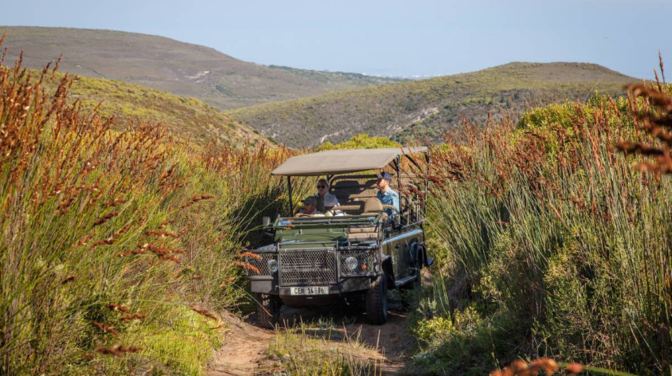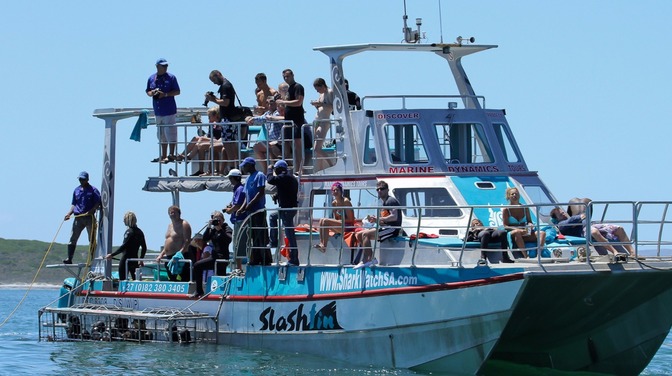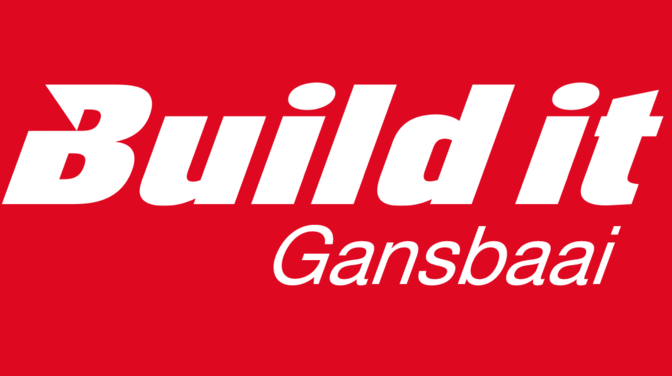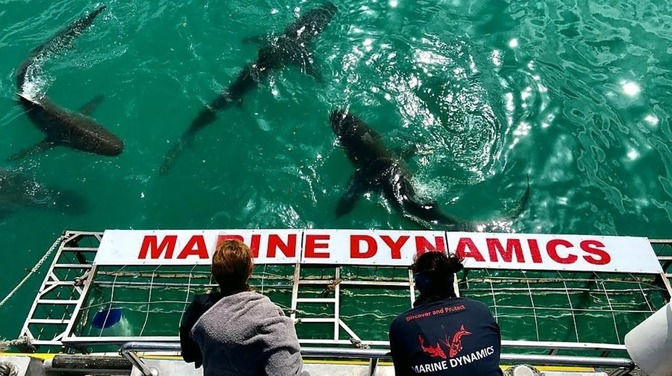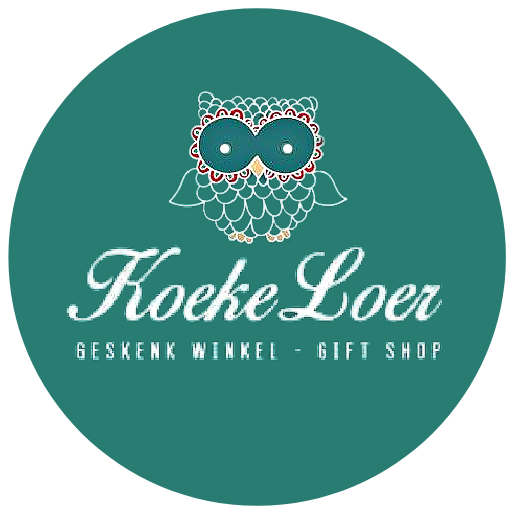Embrace Nature, Preserve Beauty, and Get Involved in 2024!
About Pearly Beach Conservancy
Pearly Beach is part of the Cape Floristic Region, the smallest but richest floral kingdom in the world. Situated in natural Strandveld vegetation, Pearly Beach is a registered Conservancy, and we invite you to help us keep our area pristine in its natural setting in nature. Whether you’re a new resident or visitor or have been a resident for many years, we are delighted that you are here!
How can you get involved in 2024?
• Learn to identify and control invasive trees by joining our hacking team
• Help keep Pearly Beach clean and tidy by joining our clean up walks
• Grow natural Strandveld vegetation in your garden
• Volunteer for Eco Kids enviro Program
• Attend our Annual General Meeting
• Become a member of the Conservancy - Membership is R60 per household until 31 Oct 2024 and R100 thereafter
• See our recommended plant list for Pearly Beach and much more here
We hope you enjoy living in Pearly Beach and have already made the most of your biodiverse natural surroundings by growing a waterwise and easy to maintain Strandveld garden. Strandveld is what we call the natural vegetation along our coast. It is also the home of many small animals like grey mongoose, spurfowl, sunbirds, nesting marine birds, greybuck, tortoises, frogs, fungi, insects and a variety of butterflies and moths. They are all important pollinators of Strandveld flowers and feed on nectar and berries produced by Strandveld shrubs. By growing a Strandveld garden, your garden will become an important link in a chain with other Strandveld open spaces in our village, providing habitat and a safe corridor for these small animals to walk through. Should you need fencing around your house, please use permeable fences to let small animals through.
Helpful tips - when you build do not allow too much of your erf to be cleared of its natural Strandveld vegetation. This unique vegetation stabilizes sandy soils. Strong coastal winds occur in our area, which can cause severe soil erosion where vegetation has been removed. The less damage done to natural shrubs on your erf, the easier it will be to establish your future Strandveld garden. Without the support of age-old root networks and seedbanks, it becomes more challenging to cultivate new Strandveld shrubs
When you buy plants - remember our soil is sandy, alkaline and nutrient poor. Not all plants like that kind of soil. Typically, Fynbos differs from Strandveld plants in that it grows on acidic soil at higher altitudes. Both Fynbos and Strandveld plants like full sun and not shade. That’s why invasive Manatokka and Rooikrans trees with large canopies are so detrimental to them. See our website for a variety of Strandveld shrubs suitable for your garden e.g., flowers by season, wild herbs, small shrublets and medium to large shrubs. Be creative and prune your shrubs into wind breaking hedges and some into small to medium sized trees. New plants can easily be propagated from cuttings which can be encouraged to root with a growing medium. Please do not remove plants from the veld, it unsustainable and illegal.
Most common Strandveld shrubs:
Sea guarrie, Euclea racemosa (up to 2.5m)
Metalasia densa (up to 1.5m)
Lepelhout, Cassine Peragua (up to 2m)
Basbessie, Colpoon compressum (up to 2m)
Most common hedges:
Wasbessie, Morella cordifolia (up to 1.5m)
Rosyntjiebos, Searsia crenata (up to 1.5m)
Blou koeniebos, Searsia glauca (up to 1.5m)
For waterwise lawns: Buffalo grass
When choosing lights outside your house - Avoid glaring lights that disturb the lifecycles of insects. Choose down-lights which are environmentally friendly and do not cast dark shadows where criminals can hide. Also remember to preserve your dark skies for stargazing.
When you walk your dog - respect local by-laws by keeping your dogs on leashes on our beaches, roads and open spaces, always under the complete control of you, their considerate owners.
Always be ready to live sensitively towards each other and nature in this Conservancy.

